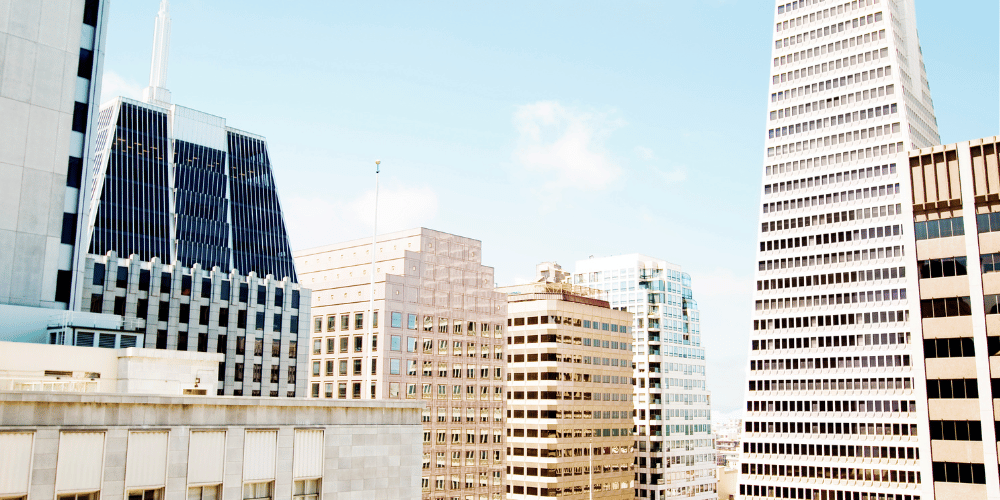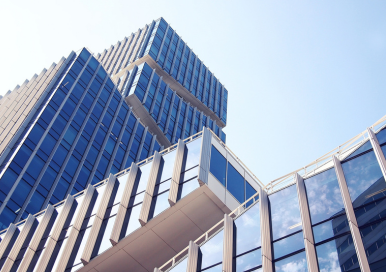Return-to-Office Momentum Builds in San Francisco

Strict Mandates and Corporate Shifts Drive Foot Traffic Uptick
After trailing other major cities in office reactivation, San Francisco is finally seeing signs of progress. According to Placer.ai, which monitors foot traffic in roughly 1,000 office buildings nationwide, March 2025 marked a notable shift—with San Francisco ranking third among 11 U.S. cities for year-over-year office visit growth.
Office visits in San Francisco were up 9.6% from March 2024, trailing only Boston (10.2%) and Washington, D.C. (9.8%). The increase aligns with a national trend, as more cities adopt stricter return-to-office (RTO) mandates for both public and private sector workers.
“March’s noticeable uptick suggests that offices may be poised to make further gains in the coming months,” Placer.ai reported.
Policy Moves Making an Impact
The data suggests that recent government and corporate mandates are helping drive this resurgence. In San Francisco, Mayor Daniel Lurie announced that most city employees would be expected to return to the office at least four days a week by April 28. Across the Bay, Oakland has implemented a similar policy, although its four-day mandate has been delayed until June 2 to allow for adjustments in telework agreements.
In the private sector, companies like JPMorgan Chase are also tightening their office attendance policies. The bank began enforcing a five-day-per-week policy in early March for many of its San Francisco employees, underscoring a broader shift in corporate culture.
A Strong March After a Soft Start to the Year
Following weather-related slowdowns in January and February, March marked a national rebound in foot traffic. San Francisco bucked the early-year trend with strong February numbers—and continued that momentum into March, according to Placer.ai’s findings.
While progress is notable, San Francisco still has ground to cover. Office visits in the city were 44.6% lower in March 2025 compared to March 2019. Only Chicago saw an equal decline, placing both cities at the bottom of Placer.ai’s 11-city index in terms of recovery relative to pre-pandemic levels.
By contrast, New York saw just an 11.4% drop in visits versus 2019, and Miami was close behind at 17.3%.
What This Means for Commercial Real Estate
The steady return of workers may also be contributing to rising residential rents in key employment hubs, according to Zumper. As more employees return to downtown cores, demand for nearby housing appears to be ticking up.
While office attendance is still far below pre-pandemic levels, March’s data signals renewed energy in San Francisco’s commercial core. And with more mandates taking effect this spring, the city could be at the beginning of a longer-term trend toward recovery.




